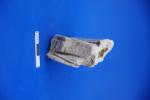
Descrizione
- 609
- Wing, fragment
- late 2nd-3rd c. AD
- Densely grained white marble Italian) with no streaking, polished to a soapy' surface.
- L. max. 6 cm, w. max. 5.8, th. 2.4 cm. Feather max. current l., 5.9 cm [concave side]; large feather w. max. 2 cm, small feather max. w. 1.7 cm. Feather rib w. max 3 mm tapering to 2 mm. Striation lengths: max ca 1 cm, min. .5 cm.
- Broken away at the inner end; otherwise, only the tips of the feathers at the point of the wing are missing. Surface polish lost to weathering but clean and not eroded, with only very small areas of encrustation and dots of fungus.
- The object preserves a portion of a small extended wing with densely striated feathers. It is carved on all three surfaces: front, back, and the upper narrow plane of the semi-triangular section. The outer face is convex, the inner face concave. A wide drilled cavity defined the separation of the mass of feathers on each side of the fragment.
- This wing could have belonged to a sculpture of an animal such as an eagle or griffin. More likely, however, is that it came from an under-life-sized, winged personification of Victory, Nemesis, or, most commonly in domestic environments, Amor. The figure could have stood singly or belonged to a mythological group, perhaps of an erotic nature. The deliberately randomised placement of the incised feather strands is a distinguishing trait, typical of works from the later 2nd - 3rd c.















![Download [view]](/villamagna/ark//skins/villamagna/images/results/download_sml.png)




